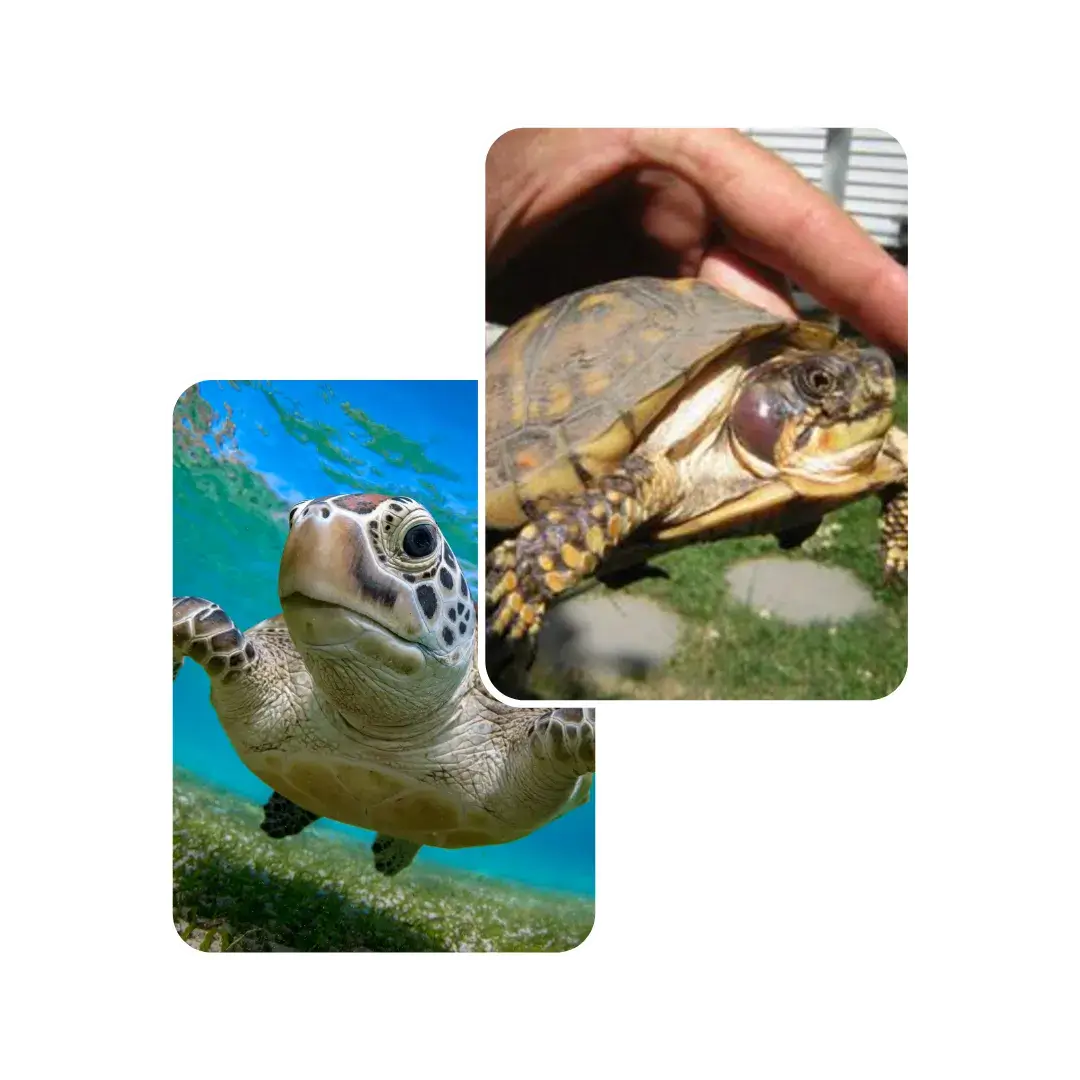

Absolutely not. Since the pus is solid, topical creams or oral medications alone cannot penetrate the infection. The lump must be surgically removed by a vet.
The aural abscess is strongly linked to a diet lacking Vitamin A, which damages the lining of the ear canal and allows bacteria to invade and thrive.
No. Unlike mammals, turtles create hard, solid pus that cannot drain. It must be surgically excised. Waiting for it to burst risks fatal systemic infection.
No. Swollen eyes prevent the turtle from seeing its food, leading to rapid starvation and weakness. This is an immediate emergency.
The abscess cavity heals quickly, but the antibiotic course and dietary correction are long-term commitments, often lasting several weeks to ensure the bacteria are eradicated.
Your pet deserves expert care – Subscribe now for trusted tips and updates from our pet experts.
